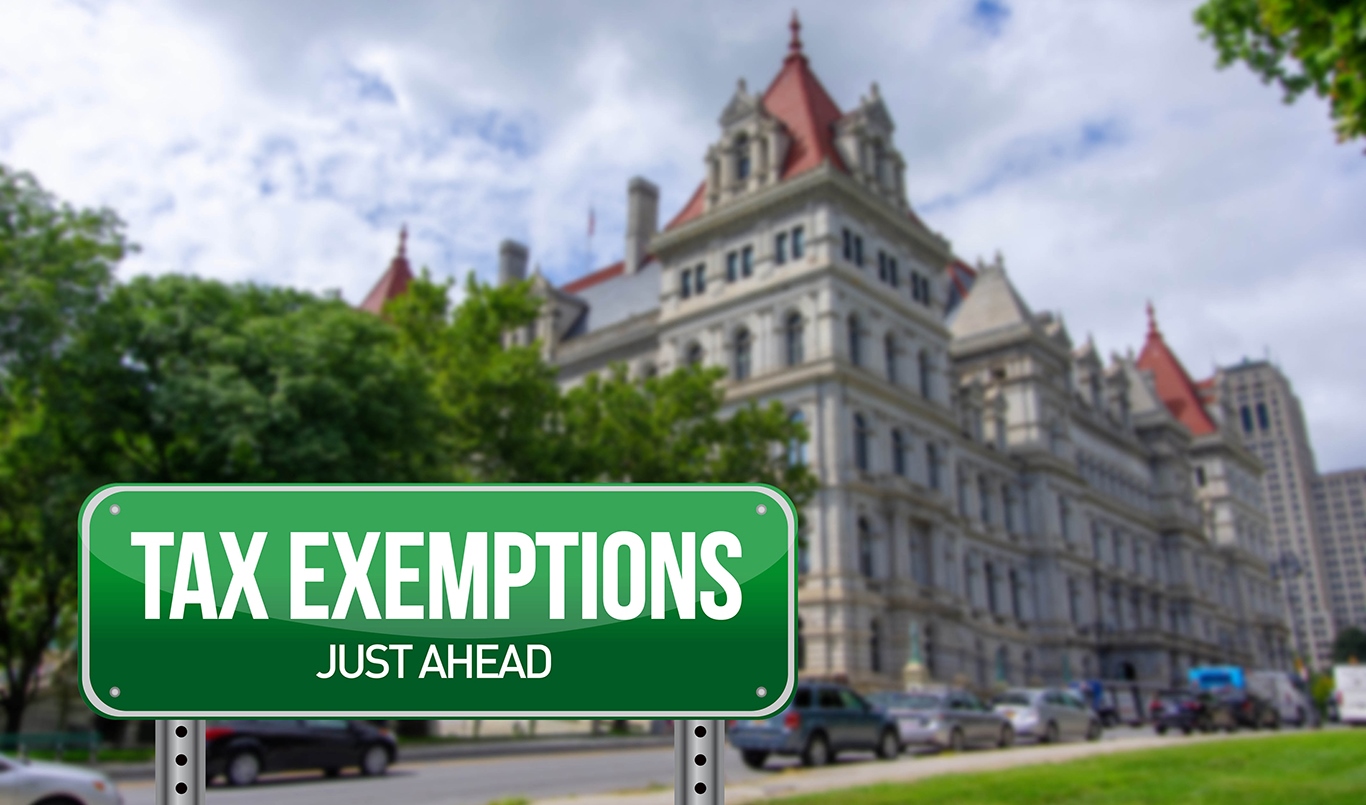
Hamilton was Right…IDAs are Catalyst for Private Sector Growth!
By Nicholas T. Terzulli, Senior Counsel
Economic Development & Tax Incentives Law – Practice Co-Chair
The father of the American banking system is also the father of economic development (too bad this part of Hamilton’s legacy did not make it into the musical!).
To maximize economic development, help launch new industries, support existing businesses, increase employment, and drive capital investment, government must support the private sector.
This is not a novel concept; in fact, it is a policy prescription that dates back to the founding of our Nation. Alexander Hamilton, in his seminal treatise, “Report on Manufactures,” wrote: “There is no purpose to which public money can be more beneficially applied, than to the acquisition of new and useful branch of industry; no consideration more valuable, than to a permanent addition to the general stock of productive labor.”[1] The father of the American banking system is also the father of economic development (too bad this part of Hamilton’s legacy did not make it into the musical!).
Industrial Development Agencies are New York’s primary economic development vehicles. IDAs are public benefit corporations authorized by the Industrial Development Agency Act of 1969. Article 18-A of the General Municipal Law and certain provisions of the Public Authorities Law govern IDAs. As of 2020, there were 108 active IDAs in New York State, including 56 county IDAs, 51 IDAs for cities, towns, and villages, and one IDA for New York City. [2]
According to the authorizing statute, the purpose of IDAs is to “promote, develop, encourage, and assist in acquiring, constructing, maintaining or equipping certain facilities, thereby advancing the job opportunities, health, general prosperity and the economic welfare of the people of New York.” [3]
Each IDA is an independent public benefit corporation established by a special act of the New York State Legislature at the request of a sponsoring municipality, and each IDA is expected to act in the interest of that particular municipality and its residents. [4]
Industrial Development Agencies “beneficially apply” the public’s money through a series of tax exemptions, which enables successful applicants to be exempt from specific levies. Applicants requesting IDA tax exemptions must prove to the agency that their proposed project will generate a positive economic impact to the community, retain or increase full-time equivalent employment, and demonstrate that without IDA financial assistance the proposed project could not be accomplished. Each IDA has a Board of Directors who establish policies and procedures and vote to approve providing financial assistance to qualified projects.
IDAs can provide exemptions from the following taxes: mortgage recording tax, sales and use tax, and real property tax.[5]
Municipalities throughout New York State levy a Mortgage Recording Tax (“MRT”) on the principal amount of debt secured by a mortgage recorded. IDAs have the ability to exempt the local and state components of the MRT for a qualified and approved project. In Nassau County, New York, the current MRT is 1.05%, of which an IDA can exempt .75%. For example, if a mortgage secured the principal amount of $3 million, the savings would be $22,500.00
For projects in which construction or equipment purchases occur, IDAs can grant a sales-tax exemption for all eligible construction materials, furniture, fixtures, and equipment. This tax exemption is limited to the duration of the construction period and is not available for operating expenses.
In Nassau County, New York, the sales and use tax rate (which incorporates New York State, Nassau County, and Metropolitan Transit Authority portions) is 8.625%. For example, a project in Nassau County that has eligible construction material costs of $2 million dollars, could save approximately $172,500 with a sales-tax exemption.
While exemptions from mortgage recording tax and sales and use tax are helpful cost-savers, the ability of IDAs to exempt property taxes is their biggest benefit and the main driver of applications.
Often cited as one of the largest barriers to entry and growth in New York State, IDAs ability to provide an exemption to real property taxes is often the determining factor for a development project’s success. Property tax exemptions typically take the form of payment in lieu of tax agreements. These agreements, commonly known by their acronym, PILOTs, are negotiated contracts between an IDA and a successful applicant that stipulates a pre-determined schedule of payments to the IDA that replaces most real property taxes. PILOTs provide developers with significant annual savings and tax certainty – allowing development projects to be financeable.
IDAs have significant latitude in negotiating and structuring PILOTs. Most PILOTs require annual payments equal to a property’s real property taxes, essentially freezing property taxes the day of closing and keeping those payments locked in for a negotiated period of time and then gradually increasing payments on the backend of the PILOT. However, more aggressive PILOTs “cut” a property’s real tax obligation, by structuring annual payments less than the current real property taxes. Each IDA is required to establish a Uniform Tax Exemption Policy (“UTEP”), which sets forth an Agency’s policy on structuring PILOTs; however, an Agency can deviate from their UTEP by following certain notice guidelines. The PILOT structure usually directly correlates to the economic impact a project will have on the community, the bigger the economic impact the better the PILOT terms. PILOT terms typically range from 10 years to 50 years.
IDAs typically remit to each affected tax jurisdiction of the project location, their pro-rata share of the PILOT payment in the same percentage that the tax jurisdiction would receive property tax payments. For example, if a property’s real property tax bill is $100,000 and the school district for that property normally receives $70,000 or 70% of the total real property tax bill, the school district would receive 70% of the PILOT payment under a PILOT agreement.
In order to provide these tax exemptions, IDAs must acquire a legal interest in the subject property for the specified term during which the incentives are being provided. Typically, IDAs will acquire a leasehold interest in the real property that is subject to the transaction. In turn, the business seeking the exemption will lease the property back from the IDA until the end of the designated period, at which point the leasehold interest expires.
Alexander Hamilton’s vision that government should incentivize the private sector is thriving in New York today. IDAs throughout New York State are the catalyst for job creation, job retention, and positive economic impact.
________________________________________________
[1] Hamilton, Alexander “Report on Manufactures” December 5, 1791
[2] Office of the New York State Comptroller, Performance of Industrial Development Agencies in New York State 2022 Annual Report
[3] GML Section 858
[4] GML Section 922
[5] GML Section 874
Meet the Author
Nicholas T. Terzulli, Esq. is Co-Chair of the Economic Development and Tax Incentive Practice Group at Davidoff Hutcher & Citron LLP. A former municipal economic development executive, Nick possesses an unparalleled understanding of how to access multi-million-dollar tax incentives through property tax exemptions, sales-tax exemptions, tax-exempt bond offerings, and New York State-based tax incentive programs. During his time in government he stimulated hundreds of millions of dollars of real estate development and economic impact throughout New York State.





